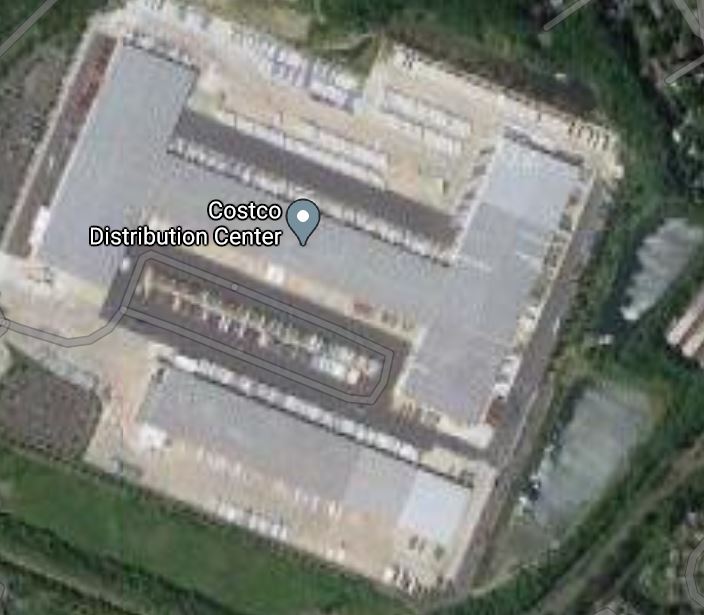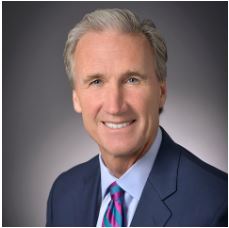NAIOP CRE.Converge Spotlights Industry-Changing Trends
From the subtle to the sweeping, the NAIOP conference named some fast-moving changes within the industry, including a surge in demand for lab space.
“We don’t know what the future holds.” That statement was a common thread at NAIOP’s CRE.Converge virtual conference, but participants didn’t need a crystal ball to recognize that change isn’t going away anytime soon. However, industry professionals consider the COVID-19 pandemic as more of an expediter and less of a creator when it comes to the trajectory of change the industry is undergoing.
Here’s a breakdown of the changes discussed by experts from different branches of the industry:
Buying habits are pushing the retail sector to evolve
The pandemic has accelerated consumers’ buying habits. People are shopping more frequently and in large quantities, both online and in store. Grocery, hardware and big-box stores in suburban areas are seeing more traffic during the week than they previously handled. Shoppers still prefer the in-store experience, even if they must wait in line for hours.

Matthew Powers, Executive Vice President, Retail & E-Commerce Distribution, JLL. Photo courtesy of NAIOP
Alternatively, people are buying their goods online and picking up at the store with next-day or same-day service. Retailers who offer customers an omnichannel experience are leading the race. The ones who have integrated their online store and presence with their brick-and-mortar stores are keeping customers engaged and capitalizing on e-commerce.
“Brick and mortar is not dead … it’s just evolving.” – Matthew Powers, Executive Vice President, Retail & E-commerce Distribution, JLL
Adaptability is key for property managers and landlords
Building owners and managers have to adapt to tenants’ health and wellness needs. Tenants want to know that they are in a safe environment when they return to work in the office. The onus is on landlords to invest in technological and health-centric improvements, so their tenants want to go back to the office.
Building owners that were slow to adopt advanced systems—like touchless technology and automation—before the pandemic will have to invest more money in improvements to make their tenants comfortable.
Investors are eyeing last-mile

High demand is pushing retailers to expand with last-mile distribution centers like this Costco facility in Monroe Township, N.J. Image via Google Maps
Investors are focused on last-mile facilities for their low cap rates, which are expected to compress even further. E-commerce is driving the industrial investors because businesses need larger footprints to sustain demand. At these properties, automation is the most important consideration.

David Hudson, Vice President, Leasing & Development, Houston, Duke Realty. Image courtesy of Duke Realty
Distribution and fulfillment centers and last-mile facilities with considerable parking and square footage are essential for these businesses. Conversion projects—particularly of vacant retail space—that meet this need are a good asset for investors.
“The land they thought was going to be retail isn’t going to be retail.” – David Hudson, Vice President, Leasing & Development, Houston, Duke Realty
More industrial, please
Lab space is in high demand by life sciences tenants. With the pressing need for a COVID-19 vaccine, many science firms are urgently looking for space for research and development. They are constructing science labs in emerging dense metros for access to the talented workforce.
These urban labs are also advantageous for their accessibility to transportation options, but companies are not shying away from space in suburban areas or converted assets. Investors are capitalizing on this increased demand by building and converting space ahead of time, because they know the demand is there and the tenants will come. Spaces are either being preleased or leasing-up quickly after build-out.

Robert Griffin, Co-Head of U.S. Capital Markets, Newmark Knight Frank. Image courtesy of Newmark Knight Frank
“There’s not a lot of supply over the next couple of years, especially 2021 and 2022, and a lot of the supply is spoken for.” – Robert Griffin, Co-Head of U.S. Capital Markets, Newmark Knight Frank







You must be logged in to post a comment.